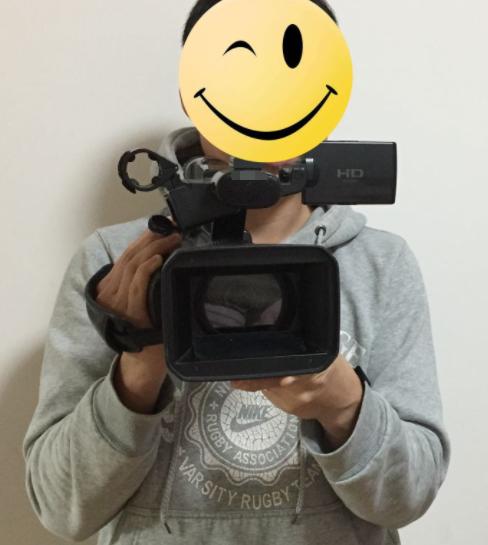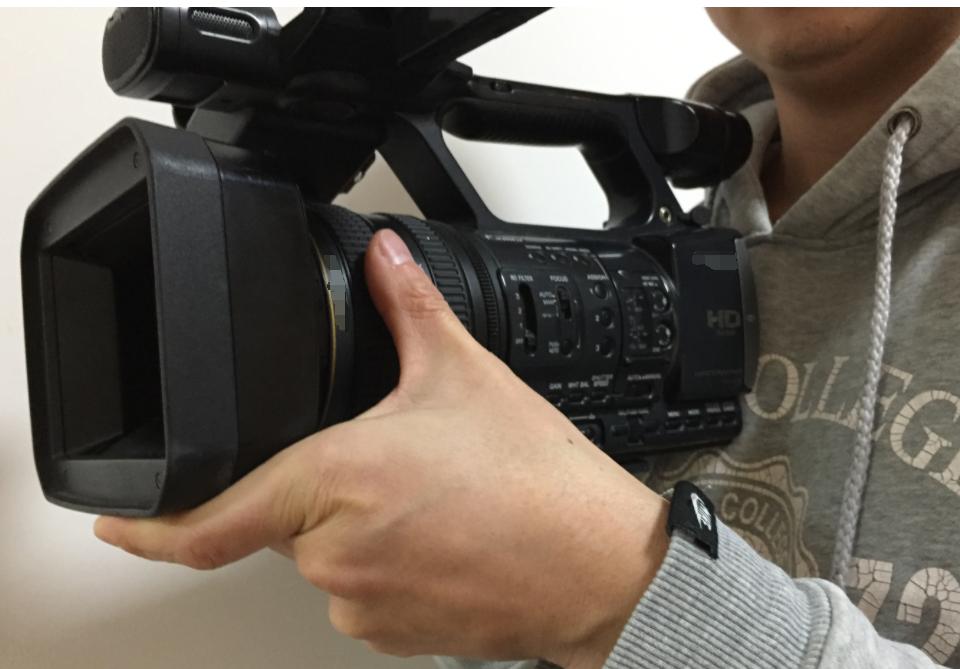Correct Posture for Handheld Cameras
With the miniaturization of cameras, today's cameras are becoming more handheld. Cameras from SONY and Panasonic are now dominated by mid-sized machines. Panasonic's P2, SONY's NX series, and so on. Basic skills are the most important cornerstone for cameras. The right hand-held camera is the most fundamental of all. What is the proper pose for a camera?
First of all, the photographer must find a "support point" when shooting. And that point of support is usually our body. When you hold the camera, your left hand should be under the hood. Then you can adjust the aperture as you go along. The relationship between your right hand and your left hand is shown below.

Second, press the thumb tightly against the start/stop button. The photographer's entire palm passes through the tape. The index and middle fingers will press the "push and pull" keys (W and T). Normally, the photographer's index finger is placed above the W key. So, you can pull the camera back. Pull the picture back to the wide Angle. And the middle finger is the length on the T end. That is to be ready to push the camera over. Keep the picture close to focus. So that's the general case. Some photographers use their ring finger as an aid.
It's also important to keep your arms tightly under your armpits during filming. This is to make the photographer's shooting more stable. This follows the stability of the triangle. Form a triangle shape. It is a very stable structure. The two arms form a stable triangular shape when the photographer's arms are folded under the armpits.
When the camera is held by the photographer and the "stability of the triangle" principle is followed, the picture inside the camera is still a little shaky. Why is that? Because the camera has a certain weight. Photographer use hands to support his weight. When the muscles of the hand are supported for a certain amount of time, the photographer will feel sore. As a result, the muscles of the hand shake uncontrollably. Therefore, at this time, the photographer should reduce the weight of his hands. The photographer needs to find another support point. The photographer can then lean the camera against himself. And form another support point. For example, when the photographer wants to shoot horizontally, he can support his camera on his chest. In this way, the photographer's hand support will be much less. Shooting will be smoother.

So, there are two core principles of proper hand-held camera posture. The first is "holding your arms under your armpits in a triangular position". Another principle is to give the camera as much support as possible.